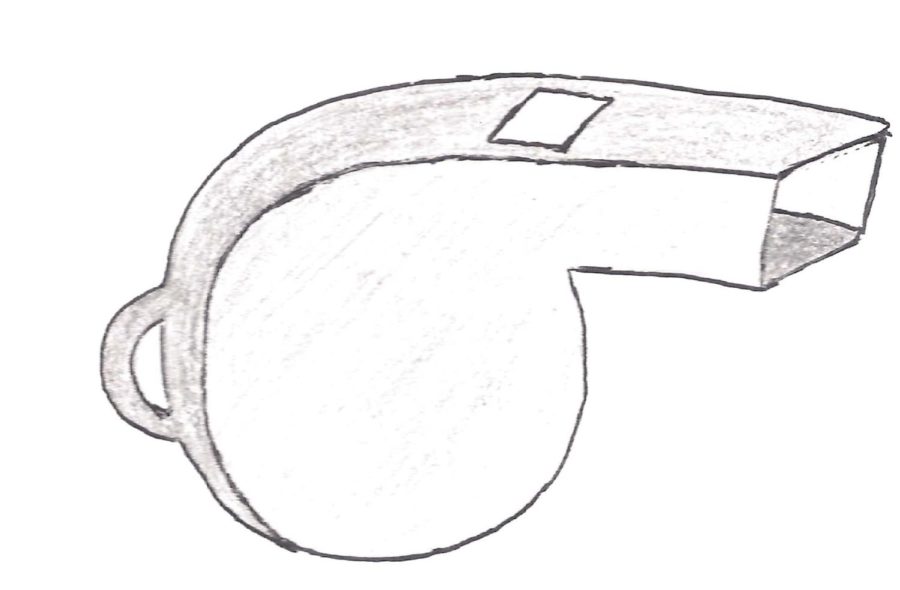Unsigned Editorial: Student Athletes Should not be Required to Take PE
January 26, 2018
There are always those one or two classes that you dread going to. Let’s face it — they’re just not a place you want to go. For many physically fit students, going to PE day in and day out, running every Monday, playing meaningless games of Over the Line or Capture the Flag, and taking written tests, is a nuisance. This is especially true when certain PE classes are more difficult to get a good grade in than others. For those teenagers who already accomplish the required amount of exercise for a teenager, the school should offer alternatives to taking a PE class.
The main goal of physical education classes is to ensure that students remain physically fit and healthy. According to the Center for Disease Control and Prevention, “Children and adolescents should do 60 minutes (1 hour) or more of physical activity each day” (cdc.gov). PE classes at UC High are five days a week for around 1 hour each day. Factor in the amount of time needed to change at the beginning and end of class, as well as role call, and realistically, students are only physically active for approximately 30 minutes a day. Student athletes, whether they play for a school or club team, generally have practices that last at least one to two hours multiple times throughout the week. “Not including PE, where we kind of just walk around, I usually have nine hours of club volleyball and swim practice [combined] per week,” stated Sophomore Nicole Muttera. With the current PE structure, students athletes are wasting their time, while non-athletic students still aren’t fulfilling their daily needs.
The San Diego Unified School District offers Independent Study contracts for core classes in order to accommodate situations that result in a long period of absence. We should allow students to take out a contract specifically for PE credit, too. Understandably, students would still have to perform the required one hour of physical activity per day and keep a log of the activities with a signature from parents, trainers, or coaches. This would provide athletic students with ample time to focus on academia. Junior Jake Parco said, “I am athletic enough to represent America in the Junior Olympics in hockey, but instead I have to spend time doing PE. I could use that time to train or take other valuable classes.”
Assisting student-athletes may not appeal to teachers and administrators, because they say removing students from PE classes removes the need for PE periods and teachers, and takes away PE periods for the students who really need it. This problem can be solved by restructuring PE classes overall. For example, the PE curriculum could be more standardized so that every PE teacher is grading the same way. This would prevent a situation a student getting an A under one teacher wouldn’t be getting a C under another. It’s no secret that non-athletes slack off in the more easily graded PE classes. A better system would prevent slacking off and let students make the most of the little time they have.
Additionally, UC High could offer some sections of PE as an elective to help students meet their daily needs. “I wish the school could offer PE as an elective, because then we could teach fun stuff like yoga,” expressed PE Teacher Ashley Franz. This way, students who already fulfill their weekly hours could escape having to participate in school-determined physical activity. Additionally, PE teachers could still teach the amount of classes they desire, but could teach specialized classes that reflect their personal interests and strengths.
Offering new alternatives to taking PE classes give students a chance to focus on more demanding classes, as well as the opportunity to focus on their individual sports without having to worry about their PE grades. We, the Editorial Staff of The Commander, urge the faculty and the district to look into new alternatives for PE students.


